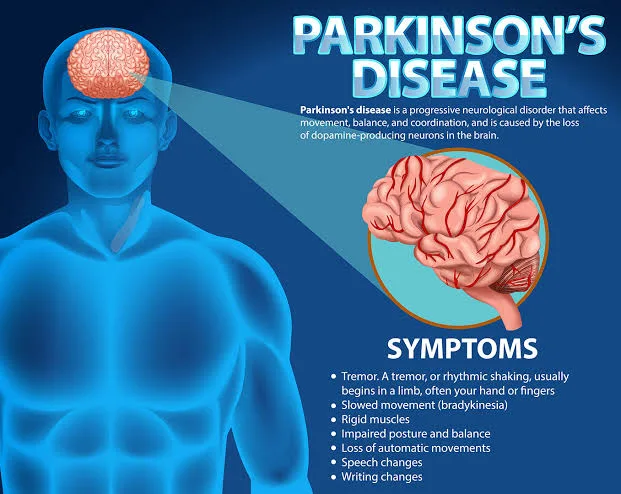Bristol, UK – July 18, 2025
Man’s best friend may soon become a vital ally in the early diagnosis of Parkinson’s disease. New research, recently published by the University of Bristol in collaboration with the charity Medical Detection Dogs, reveals that specially trained dogs can detect Parkinson’s with astonishing accuracy, reaching up to 98% in some cases, by simply sniffing skin swabs. This groundbreaking development offers a promising, non-invasive, and potentially earlier method for identifying the neurodegenerative condition.
Parkinson’s disease (PD), a progressive neurological disorder affecting millions worldwide, currently lacks a definitive diagnostic test, particularly in its early stages. Diagnosis often relies on the onset of motor symptoms like tremors and rigidity, by which time significant neuronal damage may have already occurred. This new study provides compelling evidence that Parkinson’s disease possesses a unique scent signature that trained dogs can detect, even years before clinical symptoms appear.
The Power of the Canine Nose
The research involved two highly trained medical detection dogs: Bumper, a Golden Retriever, and Peanut, a Black Labrador. These dogs were rigorously trained over several weeks on more than 200 scent samples, consisting of sebum (oily secretions from the skin) collected from individuals with confirmed Parkinson’s disease and control samples from people without the condition.
The training involved presenting the samples on a stand system, with the dogs rewarded for correctly indicating a positive (Parkinson’s) sample and for correctly ignoring a negative (control) sample.
The true test of their abilities came in a double-blind trial, where neither the dog handlers nor the researchers knew which samples were from Parkinson’s patients. The results were remarkable:
* Sensitivity:
The dogs demonstrated a sensitivity of up to 80%, meaning they correctly identified 80% of the Parkinson’s disease samples.
* Specificity:
Even more impressively, they achieved a specificity of up to 98%, correctly identifying 98% of the non-Parkinson’s samples, minimizing false positives.
Crucially, the dogs were able to detect Parkinson’s even in samples from patients who also had other health conditions, underscoring the distinctiveness of the Parkinson’s olfactory signature.

Implications for Early Diagnosis and Future Research
“We are extremely proud to say that once again, dogs can very accurately detect disease,” stated Claire Guest, CEO and Chief Scientific Officer at Medical Detection Dogs. “This study adds to the growing body of evidence showing that simple, non-invasive skin swabs can be used to diagnose Parkinson’s disease, offering a faster and more accessible method for early detection.”
Perdita Barran, a professor of analytical chemistry at the University of Manchester and a co-author of the study, emphasized that the findings suggest an identifiable olfactory signature distinct to Parkinson’s patients. “Sensitivity levels of 70% and 80% are well above chance, and I believe that dogs could help us to develop a quick, non-invasive, and cost-effective method to identify patients with Parkinson’s disease,” she added.
The ability to diagnose Parkinson’s earlier could be a game-changer for patients. Early detection would allow for earlier intervention with existing treatments, potentially slowing disease progression, managing symptoms more effectively, and improving overall quality of life.
While this research highlights the extraordinary capabilities of trained detection dogs, it also serves as a crucial step towards developing technological solutions. By pinpointing the specific volatile organic compounds (VOCs) that constitute the unique Parkinson’s scent, scientists hope to develop electronic noses or laboratory-based tests that can mimic the dogs’ olfactory prowess, offering widespread, automated screening for the disease.
The study, which builds on earlier anecdotal evidence and preliminary research, solidifies the scientific basis for using canine olfaction in Parkinson’s detection. It offers a beacon of hope for millions affected by this challenging condition, hinting that a simple sniff could one day provide a critical early warning.
